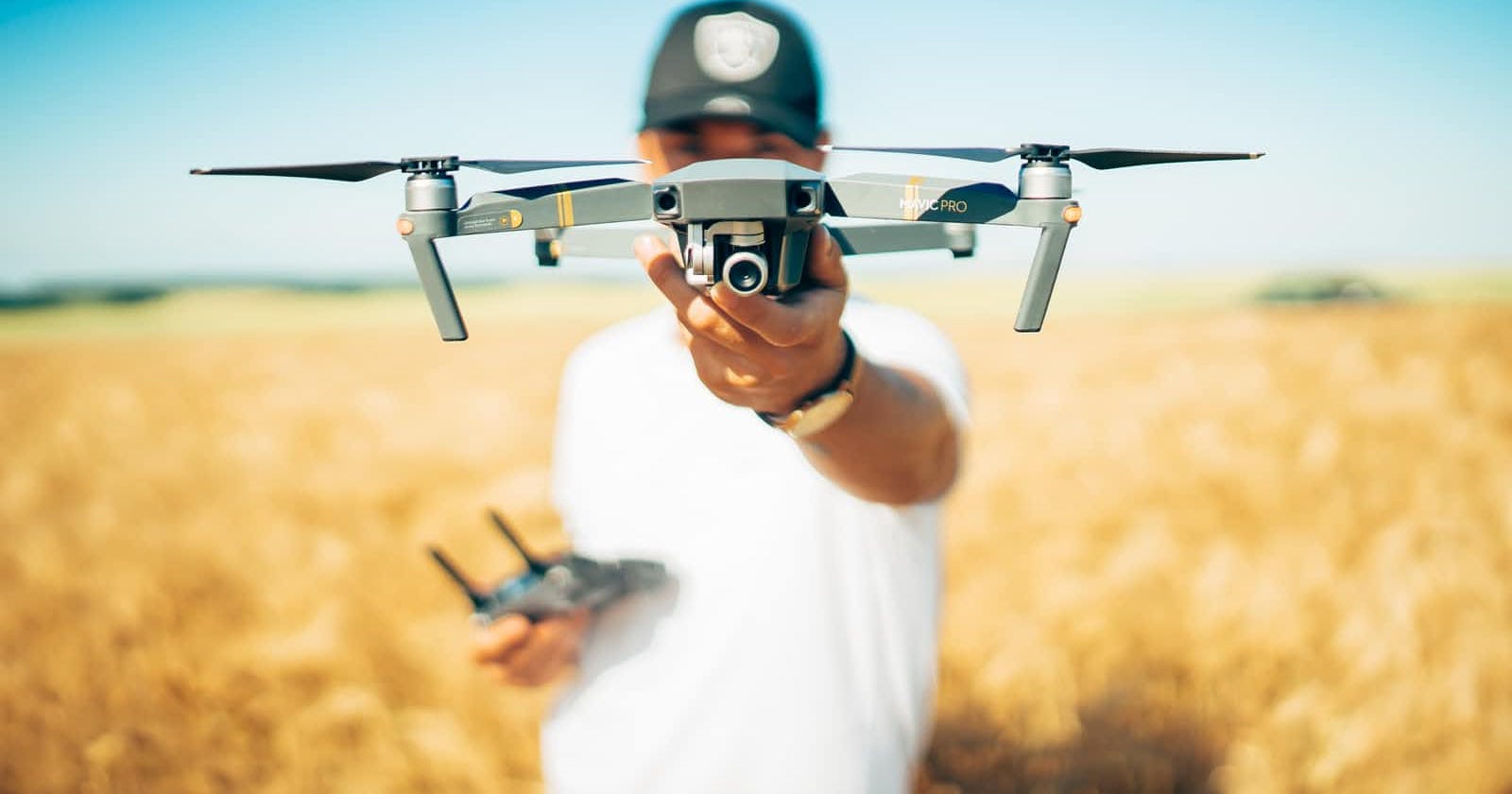Drones are aircraft without a pilot and crew. This aircraft is controlled automatically through a computer program that has been set during production or via remote control from the pilot on the ground or in other vehicles. Initially drones were controlled remotely. However, at this time the automated system began to be widely applied. Technological developments make civil needs (business, industry and logistics) use drones.
The application of drones in the industrial world includes infrastructure supervision services, delivery of goods, fire fighting, exploration of mining materials, mapping of agricultural areas, and mapping of industrial areas. Although initially only used by members of the military. However, now drones have been used by all parties widely.
In fact, government agencies also use drones to connect intelligence with land. Currently the general public can also use this tool. Because, already sold freely in the market.
PART OF THE DRONE
- PROPELLER / Prop : propellers provide lift to the drone, balancer and direction control. the number of propellers varies, there are 2, 3, 4, 8 and so on
- RC: Remote control is used to control the drone's movement from a distance. The RC drone is paired with smartphones, tablets, computers. to visualize and monitor drone movement remotely.
- GIMBAL: Camera balancing system and link between drone and camera. The shape of the gimbal varies. However, the same use is to stabilize taking photos or videos using drones. So, shaking and wind don't make photos or videos shake or blur.
- CAMERA : To display the image used for viewing, photographing, recording video.
- LANDING SKID: drone foot for landing. There are various forms and some can be moved up and down according to the needs of the drone user.
- SHOCK ABSORBER: The vibration damper on the drone can balance the camera. In order, keep it straight and stable. However, not all drones have this.
- ROTOR: The driving dynamo of the propeller and the number depends on the type of drone used. the size of the rotor also depends on the size of the drone.
DRONE DIRECTIONS AND MOVEMENT
- 3 Axis: The drone can be moved to three axis points. The drone can be moved forward, left, right, rotating and on the x , y , z axis or Pitch , Roll, Yaw motion.
- PITCH : Movement forward and backward. The movement is by directing the stick forwards and backwards. Controlled with existing RC.
- ROLL: The movement is right and left. The movement is by directing the stick to the right and left. Controlled with existing RC.
- YAW: Rotating movement from the left or from the right and the movement is also controlled by the same RC. movement with a roll but different sticks.
- THROTTLE: The controller of the drone/stick rotor. Throttle down is the same as the drone being pointed down. Meanwhile, directed upwards using the throttle up.
- AUTO TAKE OFF & LANDING : Press the button and the drone will automatically take off and load. And drones can be flown directly.
- HOVERING: The position of the drone is hovering in the air and can be used for checking drones.
- TRIM: Button or dial used to maintain balance and stability of the drone. However, the drone has been regulated by the IMU, which checks so that the drone will remain stable in the air.
- ALERION: Move the stick to the right or to the left/test right and left
- ELEVATOR: move the stick forward and backward / pitch control movement to test forward and backward.
- FIGURE 8 : The drone flies its movement in a direction or number 8.
TYPE OF DRONE
- 2 copters : 2 propellers.
- 3 copter / tricopter: 3 propellers.
- 4 copter / quadcopter: there are 4 propellers.
- 6 copter / Hexa copter: 6 propellers.
- 8 copter / Octa copter: 8 propellers.
OTHER DRONE TERMS
- LAUNCHING PAD: The runway for drones to fly like a helicopter runway. Only, it is small.
- TRAINING AIRCRAFT: drones used for training are usually designed to be safer and easier to control by pilots.
- NO FLY ZONE: Drones are not allowed to fly and have been protected so that the engine will not start.
- RESTRICTED ALTITUDE FLIGHT ZONE: Drones are only allowed to fly within a predetermined altitude.
- WARNING ZONE: will appear if approaching the restricted area or no fly zone.
- FREE ZONE: The area is free to fly.
Visit: SEO Service, Website Creation Service, Animation Video Service, Create A Company Profile Video Service , jingle making services , Digital Marketing Service , Drone and Pilot Services


